Introduction to how to improve agriculture in the Philippines: In an agricultural country like the Philippines, agricultural mechanization is necessary to increase land, labor, and crop productivity. The mechanization of farm work offers many advantages, including the timely performance of operations, efficiency in performing farm work, reduction of labor hours, and increase in land and labor productivity. Agriculture is still a major factor in the Philippine economy, although its relative share in the gross domestic product (GDP) has been declining for many years.
One of the important roles of agriculture is the source of employment. While agriculture accounts for only 10% of the country’s GDP, it still employs about 30% of the country’s labor force. This shows that the productivity of labor in agriculture is lower than in other sectors and the structural change taking place in the Philippine economy is slow and weak. Due to limited diversity and low productivity, Philippine agriculture may stand out among others. Traditional crops such as rice, maize, and coconut account for more than 50% of the total area already harvested, and more attention has recently been paid to higher-value crops.
The agricultural productivity is depending on them;
- Use of high yielding varieties (HYV)
- Better management methods
- Efficient use of irrigation water
- Pest management
- Soil health management
- and other related factors
Agricultural production is distributed throughout the country, approximately 32%, or 9.67 million hectares, the total land area of the Philippines is classified as agricultural land, of which 51% is arable and 44% is a permanent crop.
Guide on how to improve agriculture in the Philippines, the role of government, factors that affect the agriculture productivity and ways to improve
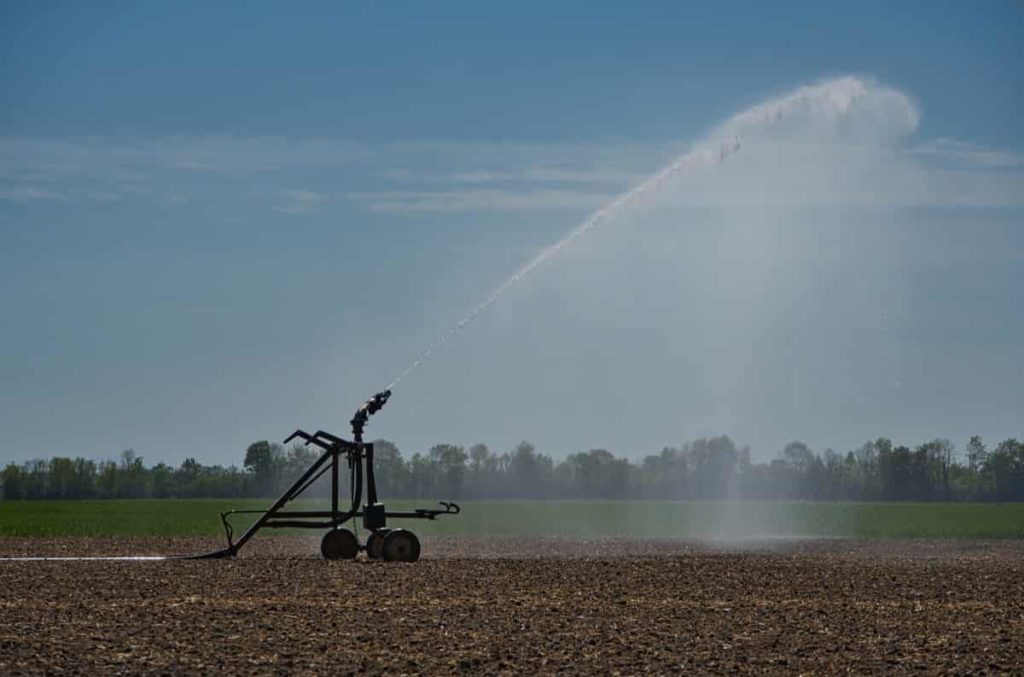
Different priority sectors that can enhance agriculture sector stability
Priority sectors that can enhance sector stability are;
1. Encourage investment in agriculture that promotes area-based development. Ensuring that every region in the Philippines is given priority through specific development programs will no longer be a problem. Every aspect will be tapped, which will lead to comprehensive agricultural development and ultimately economic development.
2. Give priority to investments that can increase and sustain productivity.
If the productive capacity of those working in the agricultural sector is developed, many opportunities will open up which can ensure growth. However, productivity growth should not be limited to one or two aspects – it should cover the entire supply chain, from production to marketing.
3. Ensure effective irrigation systems and an efficient transport infrastructure
Irrigation systems have been a constant problem for the average Filipino farmer. It will make a big difference if investment in advanced irrigation systems is given priority. Highlighting its key implications, he noted that an improved irrigation system in any part of the Philippines could increase productivity by 15% to 20%.
4. Invest in some programs that will decrease climate risks and disasters, and decrease pests and diseases
Farmers have been exposed to pests and diseases and periodic typhoons, but as the years go by, climate change has added to the burden that hinders the sector’s growth. According to the DA, farmers are most affected by storms and other effects of climate change. Restoration also takes time, so it’s best to build flexibility. Farmers should be taught different ways in which they can reduce and mitigate climate risks. If possible, make climate-resilient crops available.
5. Promote more private sector investment and support
The private sector can be linked through agribusiness schemes such as contract farming. It is the agricultural production under an agreement between a buyer and a farmer. The two parties then set conditions for certain aspects, such as the amount of crop production. The FAO added that both farmers and private entities can benefit from contract farming. Farmers are guaranteed to buy a certain amount of their crops. Meanwhile, the private sector will have an adequate supply at an agreed price.
The role of government to improve agriculture in the Philippines
In the Philippines, high poverty rates can be attributed to low employment for the farmers. About 70% of low-income Filipinos work in agriculture, forestry, or fishing. While many farmers and agricultural workers are looking for employment, it seems that the Philippine government is shifting its focus from local farmers to imports.
IRRI and IPAC
In the Philippines, for example, the IRRI (International Rice Research Institute) has developed a variety of rice that can withstand natural disasters, especially floods. With funding from the Gates Foundation, IRRI expects to increase rice production by 50% over the next 10 years. The Philippine government implemented the Inclusive Partnerships for Agricultural Competitiveness (IPAC) project by working for agricultural development.
Partially funded by the World Bank, the project aims to increase the livelihoods of small farmers. Small farmers can increase their income and gradually become more self-reliant. In rural farming lands, developing an irrigation system makes farming more efficient for the people of the Philippines. The scheme plays an important role in reducing poverty from which 20% of the beneficiaries are poor farmers.
Factors that affect the agriculture productivity in the Philippines
Numerous different factors can cause an increase or decrease in agricultural production. It is important to note that productivity is not an absolute measure, but rather reflects the ratio between input and output. Factors that affect the productivity of a field are:
Weather
Some extreme weather patterns like drought, prolonged rainy season, early or late frosts, and other factors ruin crops and bring productivity down.
Pest occurrence
In addition to spoiling crops, pests can increase crop production costs. Measures such as fencing, chemical or biological treatment, companion planting, or crop rotation may be required to control them, all of which change the ratio of input to output.
Innovation is a key factor in agricultural productivity – Farmers who can develop creative ways to cultivate better, as it were, will experience an increase in productivity. Because of this, many agricultural companies and nations invest in developing new farming techniques and researching new farming methods. Studying ancient methods for learning from previous generations can also play a role in agricultural innovation.
Available equiapment
In some areas where access to machine farm equipment is limited, agricultural productivity may be reduced as people primarily handle their crops by hand. This involves a huge investment of time, energy, and money and also limits the total capacity of the earth.
Market Supply and Demand Farmers will adjust their activities to meet the needs of consumers and this may affect agricultural production. In some cases, governments also provide subsidies to farmers to compensate for not growing crops, which can reduce productivity measures.
Innovation is an important factor in agricultural production. If farmers want to increase their productivity, they need to cultivate more carefully using the Farm Management System. It helps them track all farm activities, from fertilizer consumption, pesticides, workers’ working hours, and mechanization to financing and managing the entire production from complete farm analysis and reports.
Ways to improve agricultural productivity in the Philippines
The Philippines, as an agricultural country, needs to invest in promoting inclusive growth and building more sustainable agriculture and food systems that are resilient to disasters. Its main objective is to develop the agricultural sector so that food self-sufficiency can be achieved, rural communities can be developed and farmers’ income can be increased. The share of agriculture in the economy is about 40% of GDP and two-thirds of jobs are created by agriculture.
However, the agricultural sector is constantly surrounded by challenges that result in low agricultural income, low rural employment, lack of food security, and low agricultural competitiveness. Of the 17 global Sustainable Development Goals, the Philippines must specifically achieve its goals of eliminating/minimizing hunger, achieving food security, improving nutrition, and promoting sustainable agriculture.
Implementing land reform
Land reform is the first and most important point for improving productivity. Machines, tractors, and implements make ground improvements. These machines have the advantage of smoothing uneven farming areas to work efficiently on the field. It is easy to work in the field and then improve productivity. Therefore, this is the best way to increase agriculture productivity.
Plant more densely
This is the easiest method to improve productivity in agriculture, the crops come close to each other in this plant. Growers keep their vegetables too far away, leaving large areas to grow well.
In case if you miss this: Pig Farming In The Philippines, How To Start
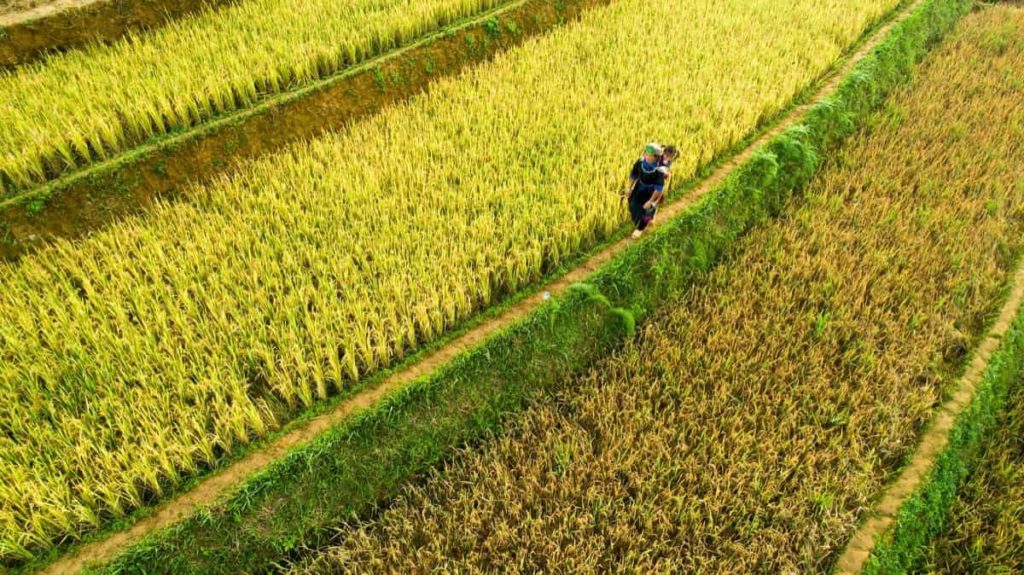
Irrigation facilities
The productivity of the crop depends not only on the quality of input but also on the irrigation facilities. Therefore, canals and tube wells should be constructed to provide better irrigation facilities for crop protection. Extensive flood control measures should be taken to prevent flood damage. Strategic irrigation plants need water to survive. In some regions, they get all the water they need from the rain. Though, this is not always the case, especially in arid regions of the world. In such areas, farmers can use an irrigation system to keep their land sufficiently moist. Overall, farmers irrigate about 18% of the world’s crops.
In the agriculture sector, water management is the best way to improve productivity. You can increase yields by up to 50% by using a sprinkler irrigation system. Also, manufacturing canals provide better irrigation to protect crops from tube wells. Some systems using irrigation in crops at the lower end of the efficiency spectrum have field flooding, canal irrigation, and sprinkler-based irrigation.
And, at the higher end are targeted irrigation systems such as drip irrigation. Compared to previous methods, drip irrigation provides water to plants in a way that reduces evaporation and generally does not provide plants with too much water. Under these circumstances, farmers can use advanced sensors to find the amount of moisture in their fields, and their irrigation efforts accordingly.
High-quality seeds
Recent research shows that small farmers (who grow about 80% of the world’s total food) have very limited access to high-quality seeds. This is an easy problem to solve, as it is easy to get high-quality seeds. After a farmer receives this type of seed, generally continue to reap the benefits of high-yielding varieties for many years to come, by saving and replanting the seeds he harvests in each season.
In case if you miss this: Aquaculture In The Philippines, How To Start
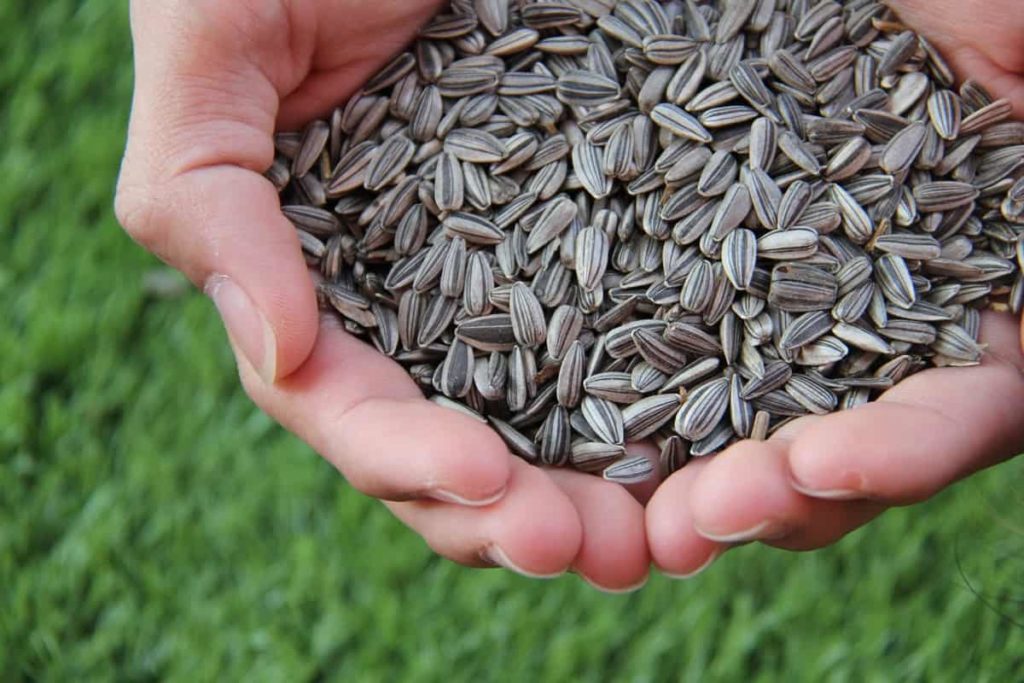
Green methods of pest control
Spraying conventional pesticides and herbicides on crops can destroy local and remote ecosystems. After prolonged use of pesticides, resistant grasses and insects often begin to develop and spread. Alternative pest control methods can help prevent these problems.
The most common use of biological methods to control insect populations. Such methods are used for the introduction of predatory species like praying mantises, ladybugs, green lacewings, and certain wasps, which prey upon pests. Farmers should take special care not to introduce varieties that cause more harm than good while using this method. Farmers can use green forms of liquid pesticides such as essential oils to keep unwanted organisms at bay in cases where biological control is not an option.
Core cropping
Core cropping serves two main purposes. The first step is to prevent soil erosion from the fields. This problem often arises when the fields are left bare after harvesting. Holding the soil without roots together is a risk of erosion due to wind and water. However, if farmers plant the core crop after harvesting the basic cash crop, the problem is greatly reduced. The second main purpose of the core crop is to reintroduce important nutrients into the soil. The most important of these nutrients is nitrogen, which plants like beans can get from the environment through a symbolic relationship with bacteria.
Better monitoring technology
Especially in developing countries, farmers do not know how much water and nutrients their plants need. Scientists have developed sensors that can easily detect soil water and nutrients, thus facilitating the efficient use of agricultural resources. Especially such technology is useful in areas where significant resources are scarce.
Any technology capable of reducing resource loss, therefore, can improve relationships as well as profits. Some other promising monitoring technologies are drones and remote sensors mounted on satellites. These sensors can help farmers to find the right parts of their fields that are prone to pests, diseases, and malnutrition, and thus allow the implementation of targeted intervention measures.
In case if you miss this: Urban Agriculture in the Philippines, Livestock
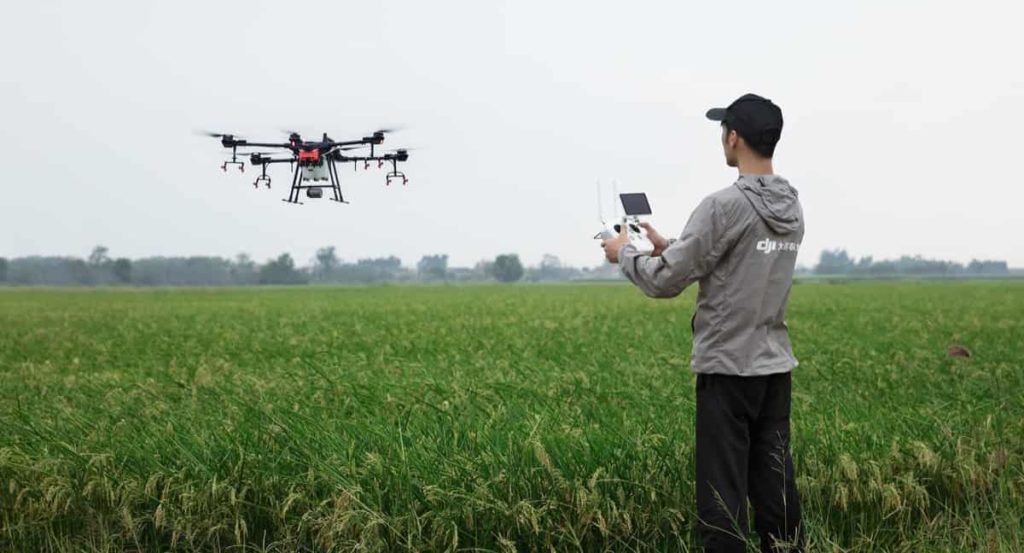
Improved seeds
Seeds play an important role in better seed fields and are better for increasing the productivity of a better seed farm. Better seeds are suitable for increasing yields.
Heat-tolerant varieties
These are allowing the plant to maintain its productivity at high temperatures. This increases crop yields by up to 23% by improving heat-tolerant varieties.
Proper marketing facilities
Marketing infrastructure needs to be broadened and strengthened to help farmers sell their produce at better prices. Proper arrangements should be made for the unloading of produce in the markets. In addition, a price support policy should be adopted and farmers should be guaranteed minimum prices.
Organic fertilizer
Continuous cultivation removes some of the nutrients from the soil that cover crops that are unable to regenerate. When this happens, farmers can safely restore their nutrient levels by using organic fertilizers such as kelp, animal manure, oyster shells, and bone meal. Although these substances are often more expensive than their artificial counterparts, they are also much better for the environment.
In case if you miss this: Biofertilizers In Agriculture, Types, Advantages
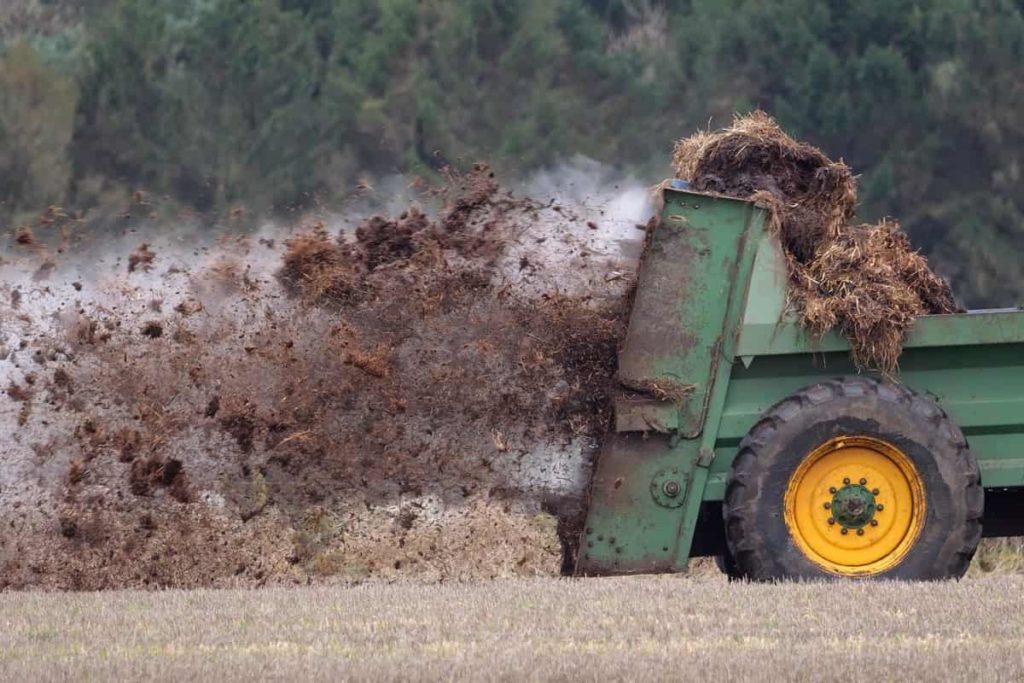
Plant many crops
In agriculture, the next method to increase productivity is to plant more crops.
Raised beds
In the traditional farming system, the crops are placed in separate rows from the tractor trails, in permanent beds, multiple rows of crops are planted within the same width beds. It creates short paths, dense gardens, and active growing areas. In general, raised beds are a symbol of improving crop productivity.
Supply of quality inputs
Provide quality goods to the farmers in the country at reasonable times and control prices. Effective measures need to be taken to curb the sale of adulterated fertilizers to prevent the exploitation of farmers.
Transportation facilities
Villages should be connected to the markets to facilitate the farmers in producing new agricultural products and enable them to sell their produce in the markets. This will help in increasing their income which will make the farmers interested in adopting better farm technology with sufficient income. In this way, the farmer can invest more in improving the land.
Key policy recommendations to improve agriculture in the Philippines
1. Improve agricultural policy performance to increase long-term productivity growth of the sector
- Refocus the policy package to improve food security.
- Focus on agricultural land policies, from land distribution to protection of property rights through land governance reforms.
- Budget support for long-term structural reforms.
- Reorganize the agricultural knowledge system.
2. Focus on agricultural education and extension services to improve farm management skills.
- Take a holistic approach to risk management with a policy focus on catastrophic risks.
- Evaluate insurance and cash transfer schemes that may encourage adaptive decisions.
3. Improve the capacity of the agricultural sector to adapt to climate change
- Make climate-adaptation policy objectives
- Develop clear guidelines on “adaptation” to climate adaptation
- Make new infrastructure projects “climate-free” and provide farmers with reliable climate information.
- Encourage more efficient use of water.
- Economical Aquaculture: A Guide to Low-Budget Fish Farming
- 15 Common Planting Errors That Can Doom Your Fruit Trees
- How to Make Houseplants Bushy: Effective Tips and Ideas
- Innovative Strategies for Boosting Coconut Pollination and Yield
- Pollination Strategies for Maximum Pumpkin Yield
- The Complete Guide to Chicken Fattening: Strategies for Maximum Growth
- Natural Solutions for Tulip Problems: 100% Effective Remedies for Leaf and Bulb-Related Issues
- Revolutionizing Citrus Preservation: Towards a Healthier, Greener Future
- Natural Solutions for Peony Leaf and Flower Problems: 100% Effective Remedies
- Maximizing Profits with Avocado Contract Farming in India: A Comprehensive Guide
- Natural Solutions for Hydrangea Problems: 100% Effective Remedies for Leaf and Flowers
- The Ultimate Guide to Choosing the Perfect Foliage Friend: Bringing Life Indoors
- From Sunlight to Sustainability: 15 Ways to Use Solar Technology in Agriculture
- The Ultimate Guide to Dong Tao Chicken: Exploring from History to Raising
- The Eco-Friendly Makeover: How to Convert Your Unused Swimming Pool into a Fish Pond
- Mastering the Art of Delaware Chicken Farming: Essentials for Healthy Backyard Flocks
- 20 Best Homemade Fertilizers for Money Plant: DIY Recipes and Application Methods
- How to Craft a Comprehensive Free-Range Chicken Farming Business Plan
- Brighten Your Flock: Raising Easter Egger Chickens for Beauty and Bounty
- How to Optimize Your Poultry Egg Farm Business Plan with These Strategies
- Subsidy for Spirulina Cultivation: How Indian Government Schemes Encouraging Spirulina Farmers
- Ultimate Guide to Raising Dominique Chickens: Breeding, Feeding, Egg-Production, and Care
- Mastering the Art of Raising Jersey Giant Chickens: Care, Feeding, and More
- Ultimate Guide to Raising Legbar Chickens: Breeding, Farming Practices, Diet, Egg-Production
- How to Raise Welsummer Chickens: A Comprehensive Guide for Beginners
- How to Protect Indoor Plants in Winter: A Comprehensive Guide
- Ultimate Guide to Grow Bag Gardening: Tips, Tricks, and Planting Ideas for Urban Gardeners
- Guide to Lotus Cultivation: How to Propagate, Plant, Grow, Care, Cost, and Profit
- Agriculture Drone Subsidy Scheme: Government Kisan Subsidy, License, and How to Apply Online
- Ultimate Guide to Raising Araucana Chickens: Breed Profile, Farming Economics, Diet, and Care
- Bringing Hydroponics to Classroom: Importance, Benefits of Learning for School Students
- Ultimate Guide to Raising Polish Chickens: Breed Profile, Farming Economics, Diet, and Care
- Ultimate Guide to Raising Australorp Chickens: Profile, Farming Economics, Egg Production, Diet, and Care
- Silkie Chicken Farming: Raising Practices, Varieties, Egg Production, Diet, and Care
- Sussex Chicken Farming: Raising Practices, Varieties, Egg Production, Diet and Care
- Homemade Feed Formulations for Livestock: Discover Cost-effective Starter to Finisher Feed Recipes